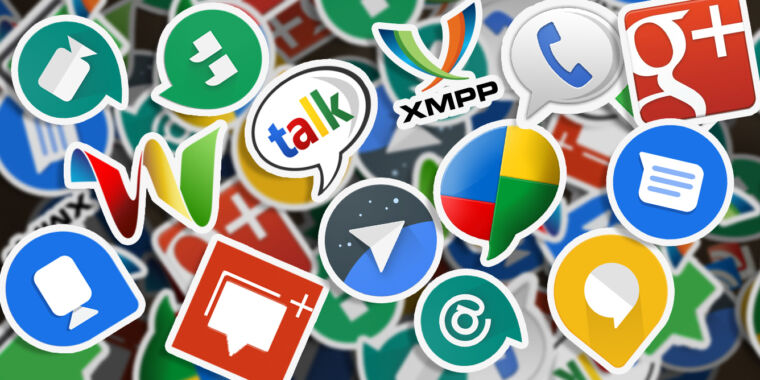It’s a 2 and half years old article. But afaik nothing changed since.
This is almost certainly totally out of date.
Today, the confusing, intimidating pile of Google Messaging services is bigger than it has ever been, with Google Chat, Google Messages/RCS, Google Voice/Project Fi, and separate messaging services in Photos, Messages, Pay, Assistant, Stadia, Maps, and Phone.
- first three - still around
- Photos - yep
- Messages - duh
- Pay - I couldn’t tell you as moved out of Pay when Wallet rebranded to Pay and then Google inexplicably released a second app called Wallet
Assistant- I think this technically doesn’t count since you can’t message peopleStadia- RIP, thoughts and prayers to the five people who used it- Maps - Took a bit of clicking around to find a business near me that used it, but, yeah. Still there.
- Phone - The most baffling thing on this list. Even ArsTechnica in the article doesn’t know if this is the same service as the above Maps chat or not. I’ve never seen this, so hopefully it was a short lived experiment that never took off… but maybe someone else here has seen it recently?
Welp, never mind, not that out of date.
These clowns want to push a messaging standard. Jump to RCS, Google says. Hey, Google. How about you standardize your shit first. Nearly all of these could be collapsed into a single messaging platform with little integrations into your other services via the Messages app (aka sent as links and displayed as integrations in compatible devices).
This is the best summary I could come up with:
But thanks to a decade and a half of nearly constant strategy changes, competing product launches, and internal sabotage, you can’t say Google has a dominant or even stable instant messaging platform today.
Google’s 16 years of messenger wheel-spinning has allowed products from more focused companies to pass it by.
A lack of any kind of top-down messaging leadership at Google has led to a decade and a half of messaging purgatory, with Google both unable to leave the space altogether and unable to commit to a single product.
While companies like Facebook and Salesforce invest tens of billions of dollars into a lone messaging app, Google seems content only to spin up an innumerable number of under-funded, unstable side projects led by job-hopping project managers.
There have been periods when Google briefly produced a good messaging solution, but the constant shutdowns, focus-shifting, and sabotage of established products have stopped Google from carrying much of these user bases—or user goodwill—forward into the present day.
Prepare yourselves, dear readers, for a non-stop rollercoaster of new product launches, neglected established products, unexpected shut-downs, and legions of confused, frustrated, and exiled users.
The original article contains 325 words, the summary contains 188 words. Saved 42%. I’m a bot and I’m open source!



